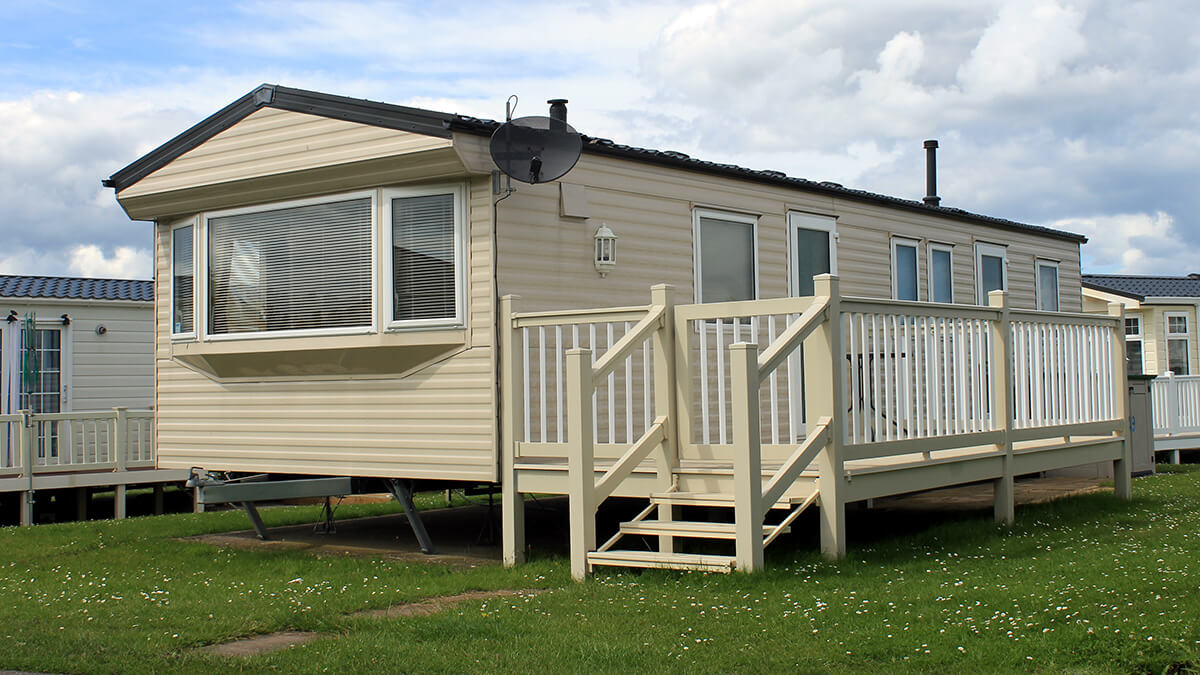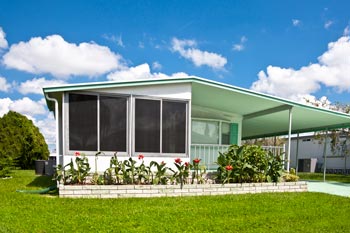Preparing your walls for painting

A good paint job is at least 50 percent preparation. Scrape minor cracks on walls and ceilings, fill them with spackling compound, let dry, sand and fill again. Before you start painting, seal every gap or crack with the best quality latex caulk you can find. Look for trouble spots around doors, windows, corners or where walls meet floors and ceilings.
Invest in good premium paint, brushes and roller covers. Bargain paint is no bargain if you're looking for better coverage, longer wear and a more washable surface. Select a professional quality three-inch wide synthetic-bristle brush. It's best to use a 1/2-inch nap roller cover when applying flat paint, 3/8-inch nap for semi gloss and l/4-inch nap for high gloss finishes.
Accent on Color
Choosing the right wall paint color depends on personal taste, the amount of natural light, artificial light, flooring colors, and furniture colors. You can convey a happy, relaxed atmosphere by selecting warm colors like lemon yellow, coral and orange. Warm colors create a cozy atmosphere and blend nicely with neutral or natural shades. Cool shades of blue, green and purple are restful. Try using cool colors in a sunny room or where brightness and glare needs to be toned down.
Keep your interior trim color simple and the same throughout your home. For moldings and doors, ask the paint store to mix a blend of your color choice cut with white. A common formula for this is one part color to three parts white.
It's important to select colors that work together throughout the entire house. Many home stores have a virtual paint visualizer that can help you find matching colors so you can pick out what you like before you make a purchase. If you see a color you like, go with your instinct. A fresh, neutral color is usually a safe option, but don't be afraid to go with something bold if you think it fits your home. A great color can turn a nice room into a fabulous room.
Do the Math
After you pick out the perfect color, you'll want to determine how much paint you'll need to cover the room:
- Calculate the surface area to be painted.
- Multiply this by the number of coats you expect to apply.
- Read the container label to find out how much area the paint will cover.
- Divide the area per container into your total surface area to determine how many containers you'll need.
Painting Tips
- Use painter's blue tape along edges and corners. It will leave a clean, straight line and won't pull up existing paint.
- Remember that spreading the paint too thinly on the wall lowers its durability, so don't skimp.
- Work in 'W' motions to spread the coats evenly.
- To avoid a drippy mess, avoid submerging your roller in the paint. Instead, lightly brush the top surface of the paint to coat the roller.
- Use a small amount of paint at a time.
- Keep your paint cans covered to avoid the skin-layer that forms on the surface of the paint from exposure to air.


